Make Spirits
Distilling alcohol and making spirits are two distinct processes that require different equipment and techniques. While distilling is the process of separating alcohol from other components in a liquid mixture, making spirits involves infusing the alcohol with natural or artificial flavors to create a unique taste.
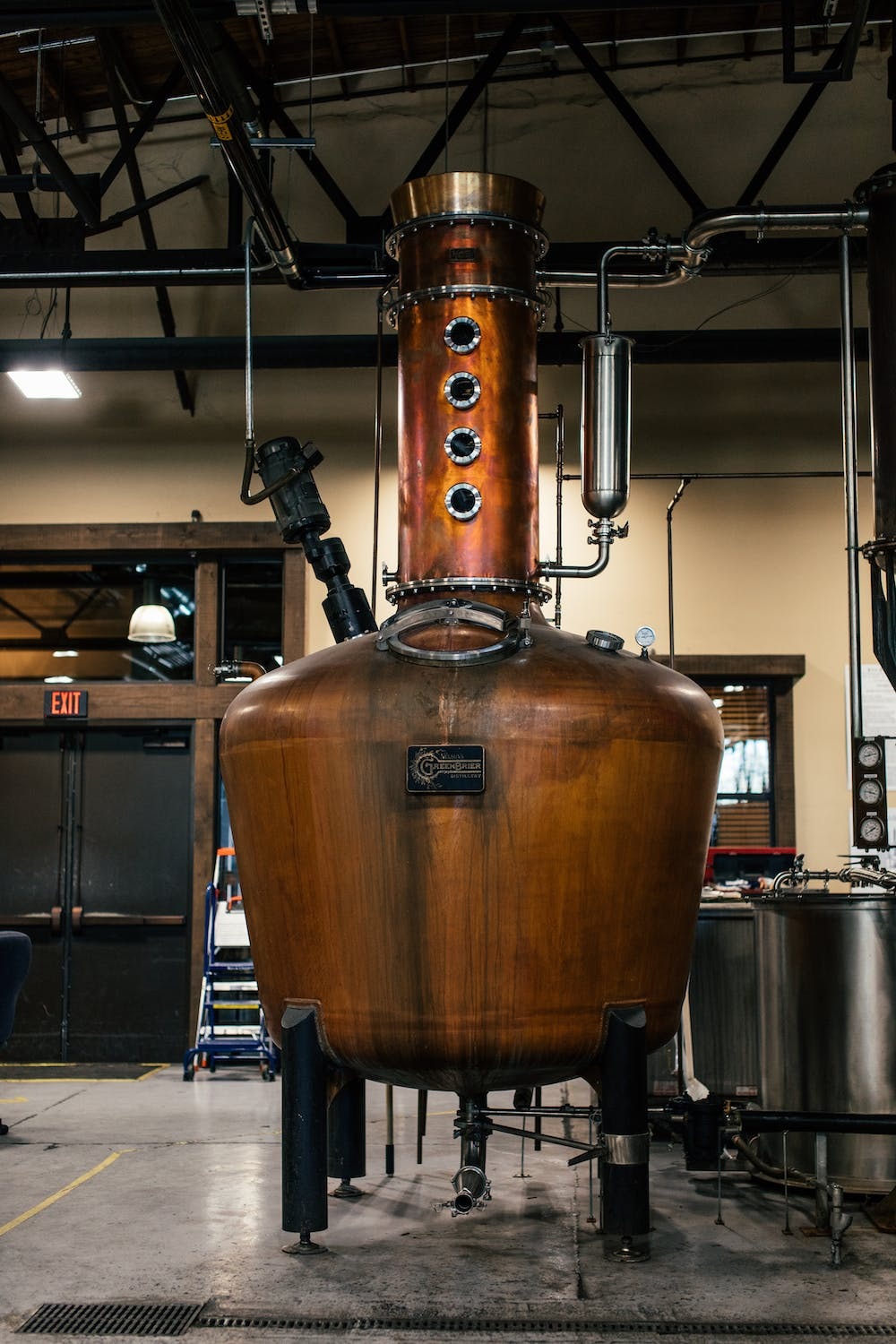
Distillation begins with a fermented liquid, such liquid alcohol such as a mash or a wine, which is heated in a still. As the liquid heats up, the alcohol evaporates and rises to the top of the still, where it is collected and condensed into a high-proof solution. This solution can be further purified through the distillation process to create a highly concentrated alcohol, such as vodka or whiskey.
The process of making spirits involves adding natural or artificial flavors to the alcohol after it has been distilled. This can include infusing the alcohol with fruits, herbs, or spices, or adding artificial flavors to create a specific taste. The alcohol is then aged in barrels or bottles to allow the flavors to meld together and create a finished product.
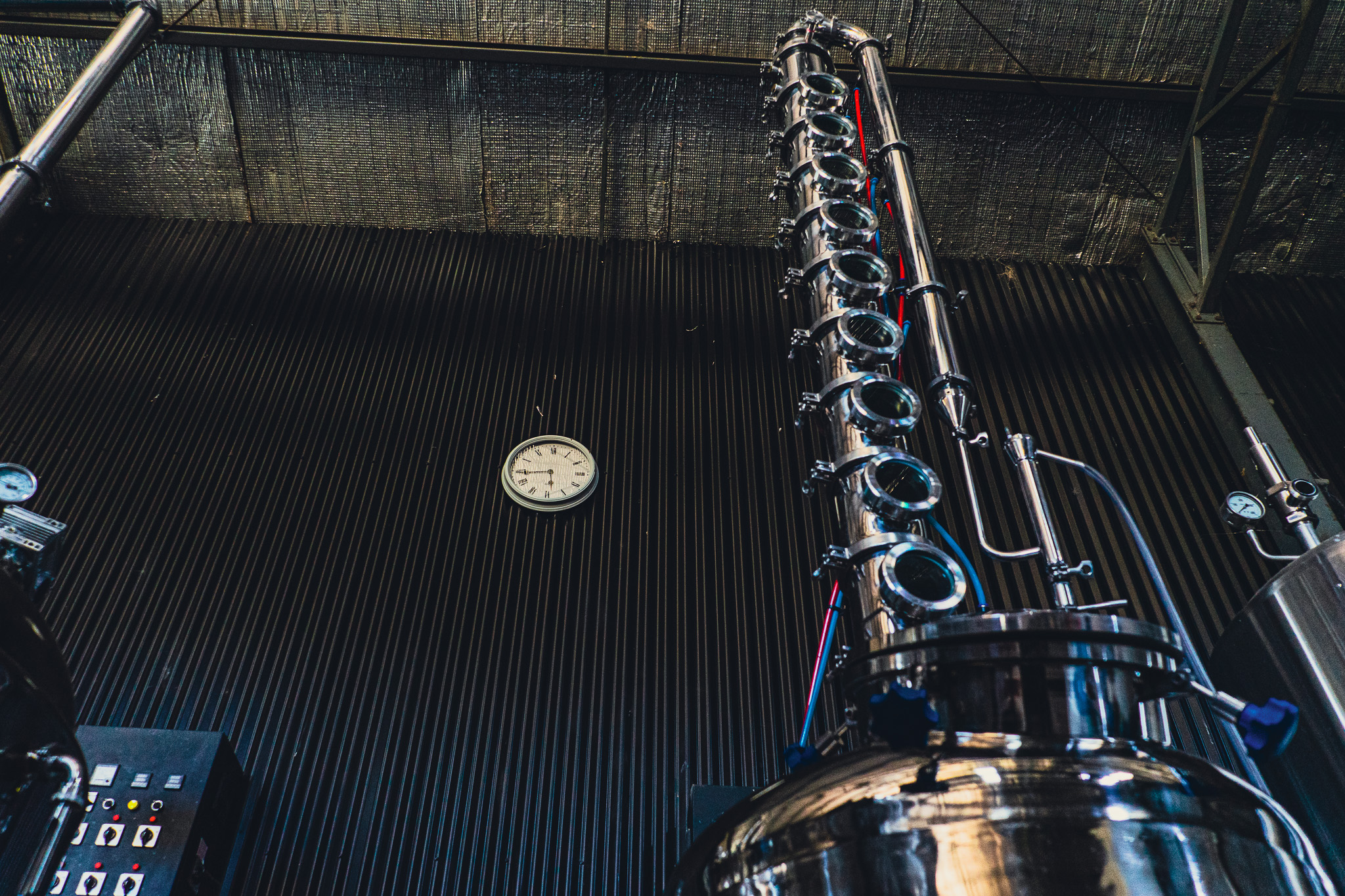
Different types of spirits are created through various combinations of distilling and flavoring techniques. For example, bourbon whiskey must be made from a mash of at least 51% corn and aged in charred oak barrels for at least two years, while gin is flavored with botanicals such as juniper berries and coriander and does not require aging.
In summary, while distilling and making spirits share some similarities, they are fundamentally different processes that require different skills and equipment. Understanding the nuances of each process is key to creating high-quality spirits that meet the unique tastes and preferences of consumers.
Fermentation for distilling alcohol
Fermentation is a complex biochemical process that involves the breakdown of sugar by the action of cultured yeasts. This process is widely used to create a variety of carbonated alcoholic beverages. Fermentation can be carried out using various sugar-rich foods, such as grapes, berries, rice, potatoes, and wheat. For instance, when grapes are fermented, they produce wine, while rice and water create Japanese saké, and potatoes or wheat can be used to produce vodka.
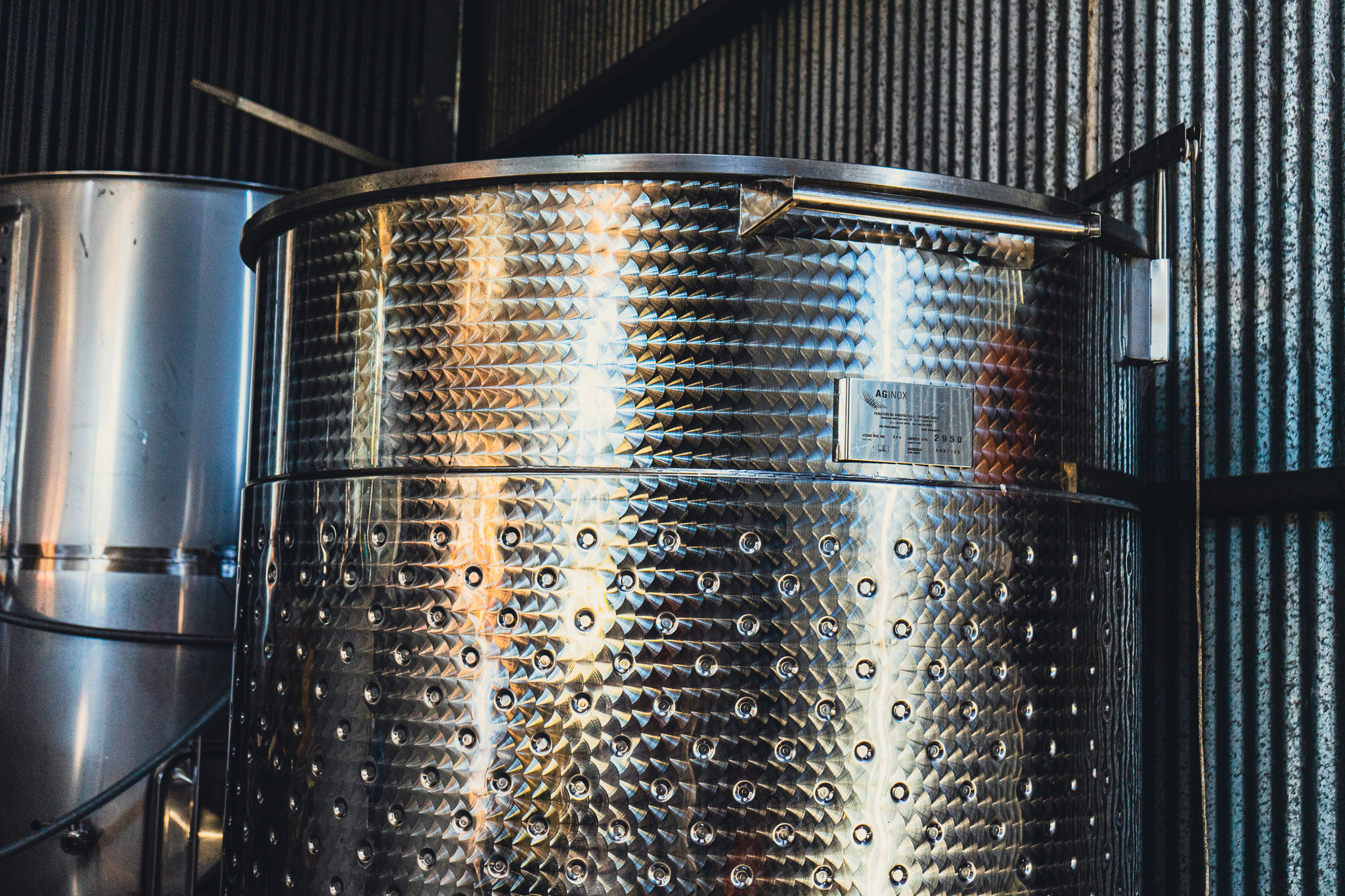
During the fermentation process, the yeast consumes all available sugars, breaking them down into energy and producing ethanol alcohol as a byproduct. This process continues until the alcohol content reaches 15 to 17% ABV, at which point the yeast can no longer survive. This is why most alcoholic beverages have an alcohol content of around 15%.
Interestingly, the process of fermentation is not only used to produce alcoholic beverages but is also used in the production of a wide range of food products, such as bread and cheese. In the case of bread, yeast is used to produce carbon dioxide gas, which causes the dough to rise. Similarly, in the production of cheese, bacteria is used to ferment milk, causing it to curdle and form cheese.
Overall, the process of fermentation is a fascinating and essential part of many food production processes, with its ability to turn sugar into a variety of useful products making it a valuable tool for the food industry.
Glenbosch Distillery
Discover our selection of craft gin
Fermented but Undistilled Spirits (distilled spirit)
Alcoholic beverages come in various forms and are produced through different fermentation processes. One such beverage is beer, which is made by fermenting malted barley using a brewer’s yeast and then flavoured with hops. The average ABV (alcohol by volume) in beer in other countries is around 4.5 percent.
Similar to beer, wine is also a fermented beverage. However base alcohol, it is produced by fermenting fruits with an abundance of naturally occurring sugars like grapes and berries. The ABV in wine ranges from 13 to 20 percent.
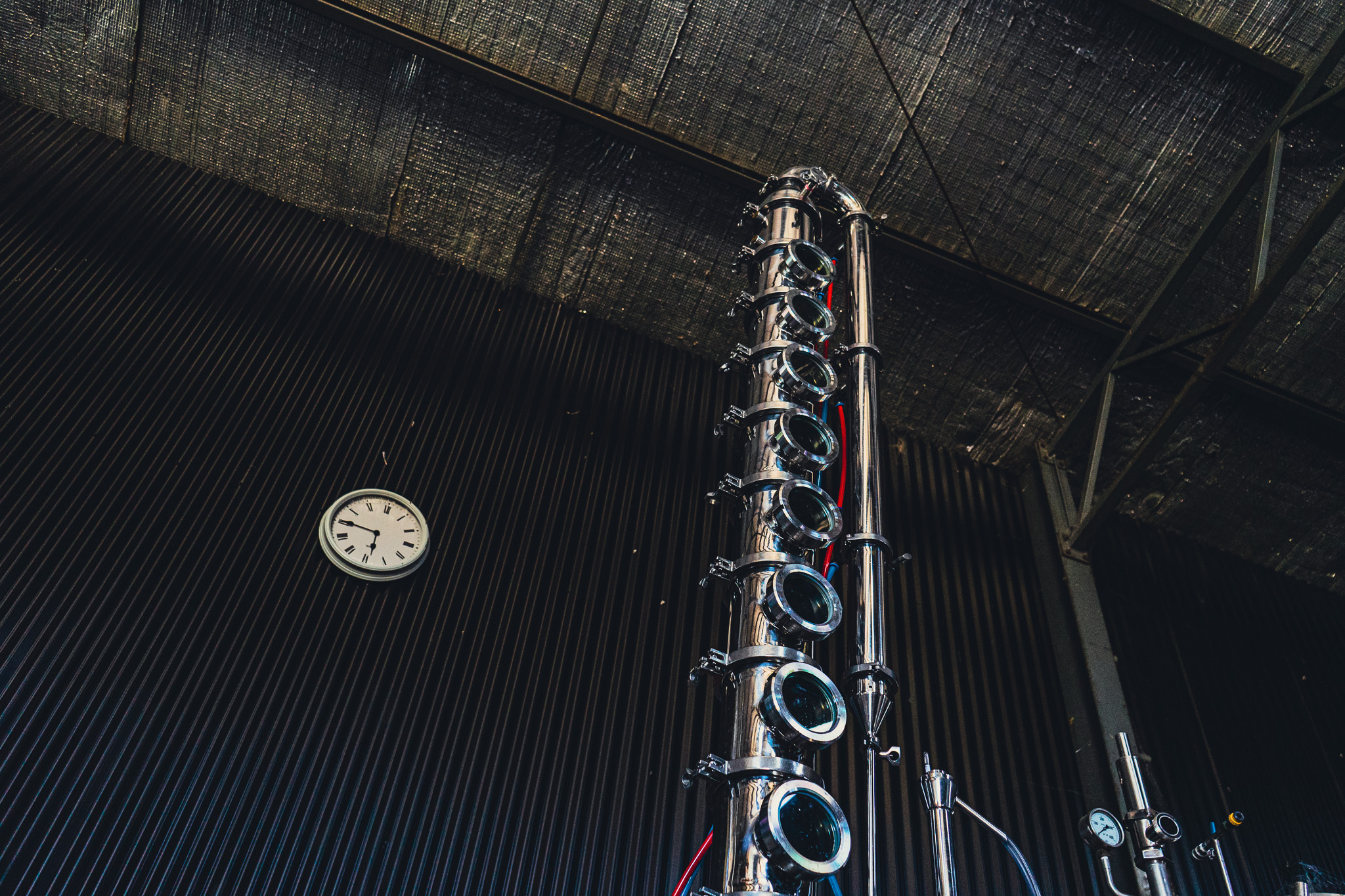
Another popular alcoholic beverage is hard cider, made from fermenting fruit juice, typically apples. It has an alcohol content of between 4 to 7 percent ABV.
Mead, on the other hand, is a spirit produced through the fermentation of honey with water. It has a typical ABV concentration of between 3 to 20 percent.
One unique alcoholic beverage is the Japanese drink called saké. It is made from fermented rice and contains koji fungus which breaks down the starch in the rice. Saké has a higher concentration of 16 percent ABV.
In summary, alcoholic beverages vary in their fermentation process, ingredients, and alcohol content. Each drink has its distinct taste, making them an essential part of different cultures worldwide.
Glenbosch Distillery
Discover our selection of craft gin
Making spirits: How Spirits Are Distilled ?
Spirits, those indulgent beverages that bring merriment and warmth into our lives, are produced through a process called distillation. This crucial step is the key to purifying and concentrating the higher alcohol content part of the beverage, ensuring a potent and pleasing drinking experience.
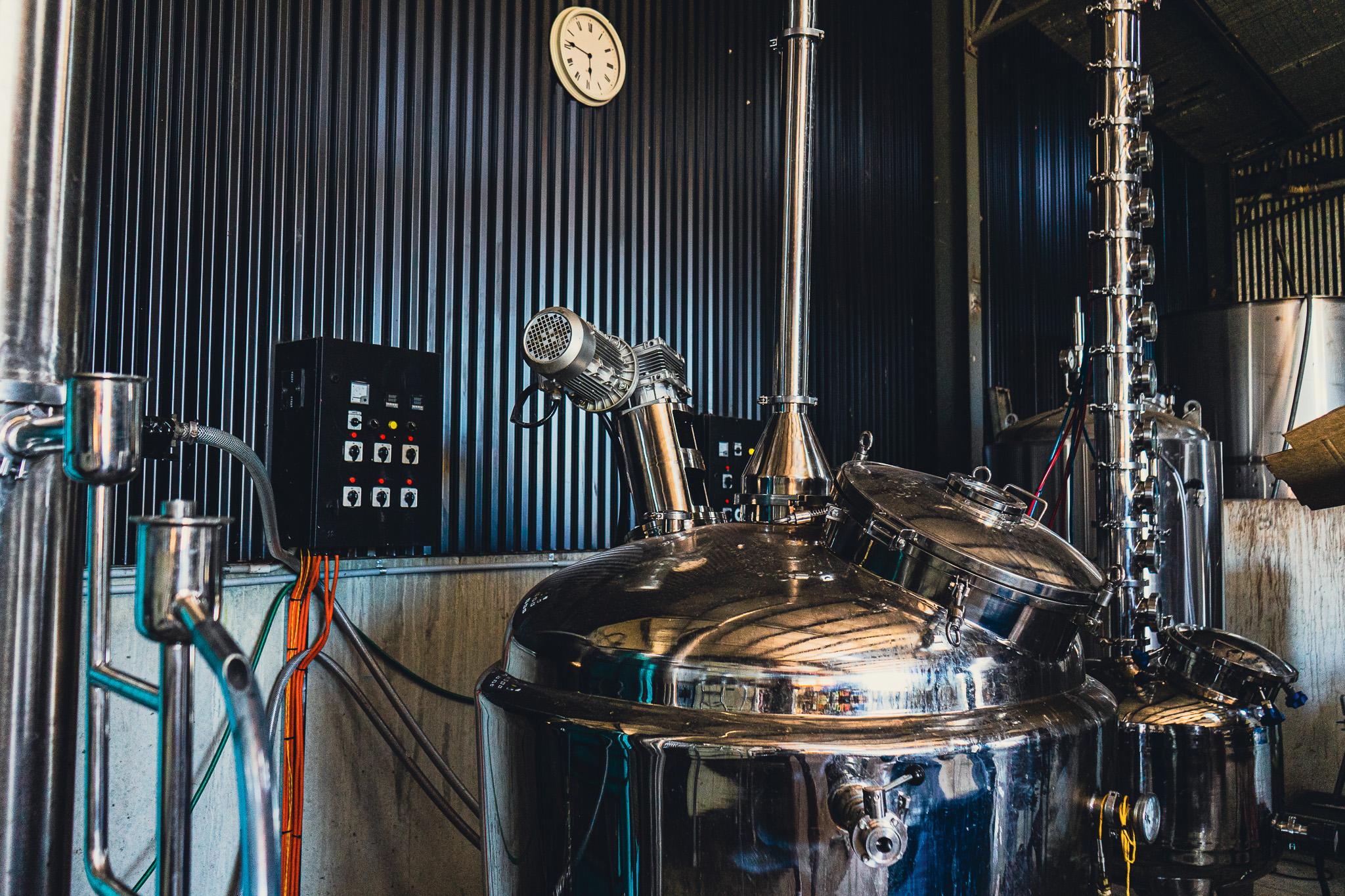
To distill spirits, a specially designed apparatus known as a still is used. The distillation process takes place in a low and controlled temperature environment, which is critical to the consistency and quality of the final product. The still is designed to separate the alcohol from other substances found in the starting material, resulting in a pure and concentrated liquid.
There are two main types of stills used in the distillation process: column stills and pot stills.
Making spirits, Column Still
Column stills are commonly used in the industrial production of alcohol. This sophisticated distillation method is known for its ability to yield high-quality, pure liquor that is free of impurities. Compared to other distillation methods, column stills produce a clearer and more refined alcohol that can be used to create a wide variety of alcoholic beverages.

One of the primary advantages of using column stills is that they are much more efficient than traditional pot stills. With a pot still, the distillation process must be repeated multiple times in order to achieve the desired level of purity. However, with a column still, the process is much more streamlined, requiring only a single run to create alcohol that meets strict quality standards.
Column stills rely on a complex network of interconnected plates to separate the various components of the liquid being distilled. As the liquid flows through the still, it passes over each plate, where it is exposed to a specific temperature and pressure. This causes the different components of the liquid to boil off at different rates, allowing the still to separate them into their individual parts.
Overall, column stills are an incredibly effective and efficient method of producing high-quality alcohol on a large scale. Whether you’re looking to create a top-shelf whiskey or a crisp, refreshing vodka, a column still is an essential tool for any serious distiller.
Making spirits, Pot Still
Pot stills are highly regarded for their ability to produce robust, complex spirits with a full-bodied taste.
This is achieved through a meticulous distillation process that involves heating the fermented spirit in the pot still to vaporize the alcohol content only. The alcoholic steam that arises from this process is collected through a tube and condensed back into a liquid form.
This refined, distilled spirit is carefully collected from the still, resulting in a pure and concentrated final product.
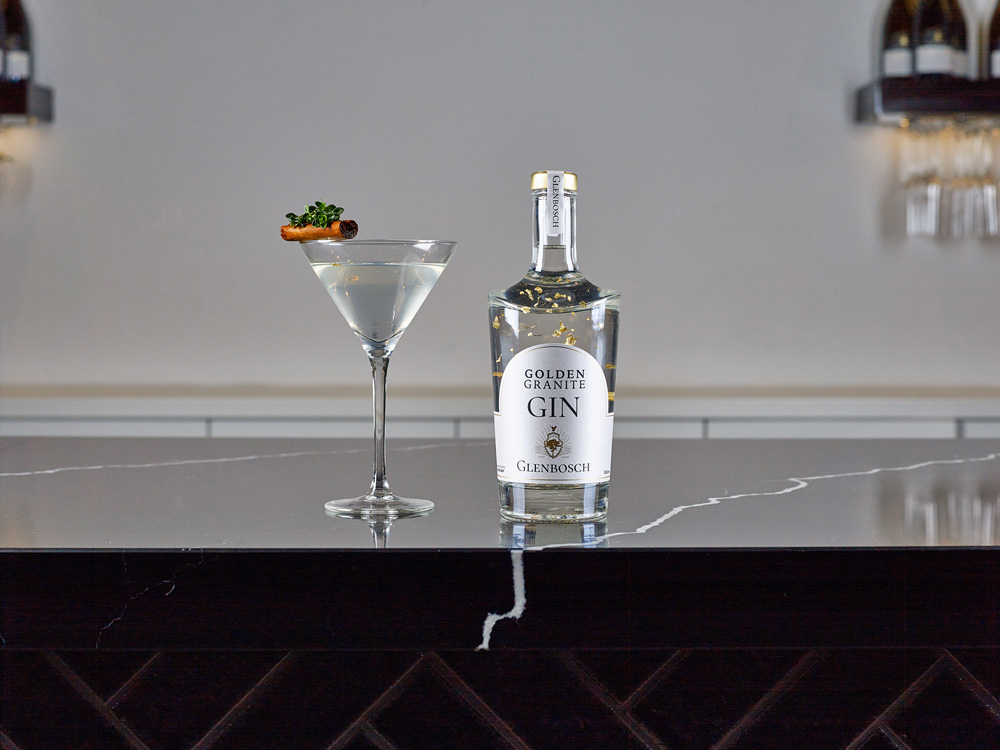
The intricate design of pot stills ensures that only the finest and most desirable flavour notes are preserved and enhanced, resulting in a rich and flavoursome spirit that is highly sought after by connoisseurs around the world.
Distilled using time-honoured methods, pot stills are the epitome of traditional craftsmanship, allowing for a unique and unparalleled sensory experience.
Glenbosch Distillery
Discover our selection of craft gin
Types of Distilled Alcoholic Drinks
Gin, a popular distilled alcoholic drink, is known for its distinct flavor derived from juniper berries and other botanical extracts. With an average alcohol content of 40 percent ABV, gin is a versatile liquor that can be enjoyed on its own or as a key ingredient in many classic cocktails.
Brandy, another type of distilled wine, is typically aged in wooden barrels to achieve its distinct flavor and color. Ranging from 35 to 60 percent ABV, brandy is often enjoyed as an after-dinner drink or used in cooking and baking.
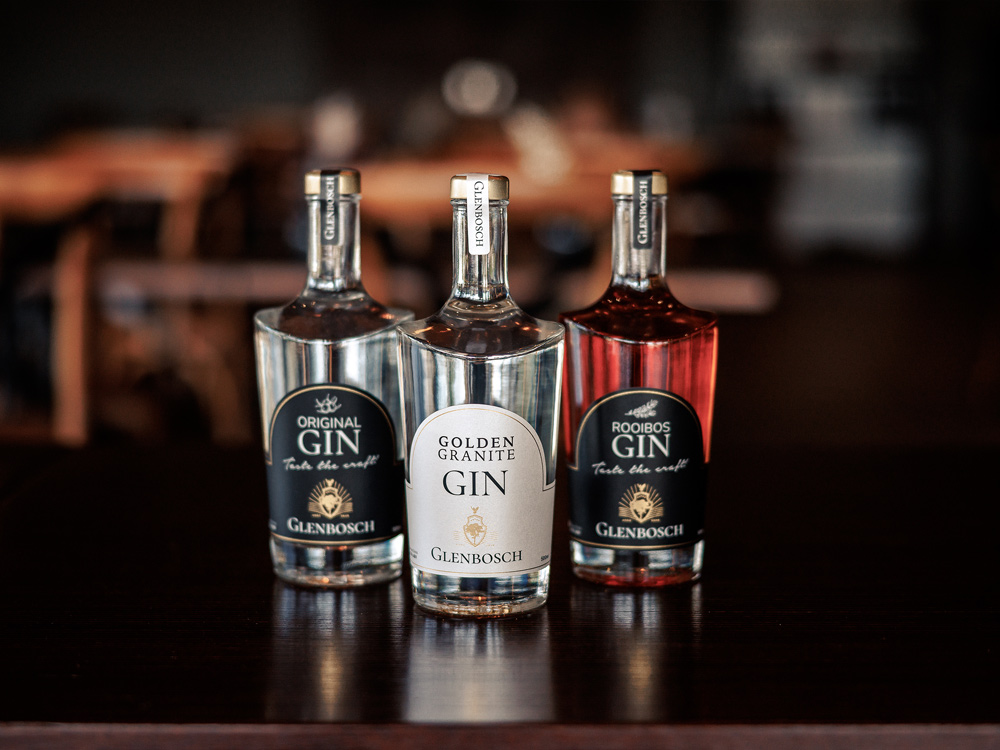
Whiskey, a staple in many countries around the world, is a distilled spirit fermented from grain. With an alcohol content ranging from 40 to 60 percent ABV, whiskey comes in many varieties and can be enjoyed on its own or mixed into a variety of cocktails.
Rum, a popular liquor made from sugarcane molasses or juice, boasts an alcohol content ranging from 40 to 75 ABV. This versatile spirit is used in a variety of cocktails, and is also enjoyed on its own.
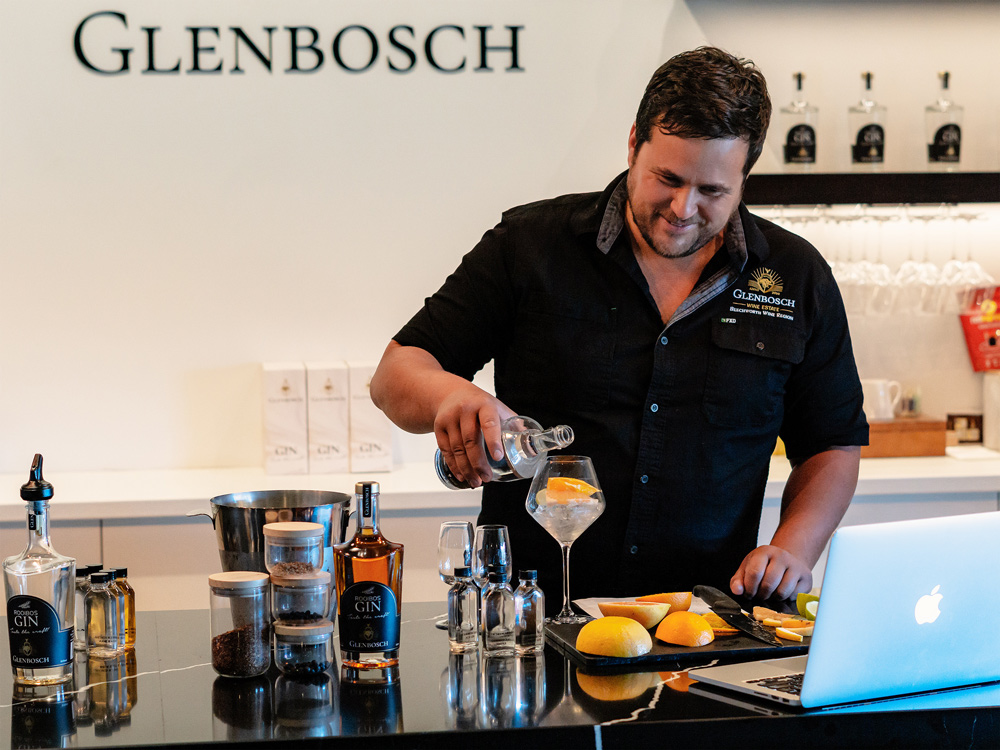
Absinthe, a highly alcoholic liquor with an ABV of 75 percent, is flavored with anise and a range of other herbaceous botanicals. This spirit is often enjoyed in small amounts due to its high alcohol content, and is known for its unique flavor and its reputation as a drink favored by artists and writers.
Vodka, a popular spirit originating from Russia and Poland, is typically made from fermented potato, grain, or fruit. With an ABV of 40 percent, vodka is known for its smooth taste and its versatility in cocktails.
Conclusion
Now that you know a little more about distillation methods, you can read articles that will tell you more. To have a good time while reading, I invite you to make yourself a cocktail with Glenbosch spirits.

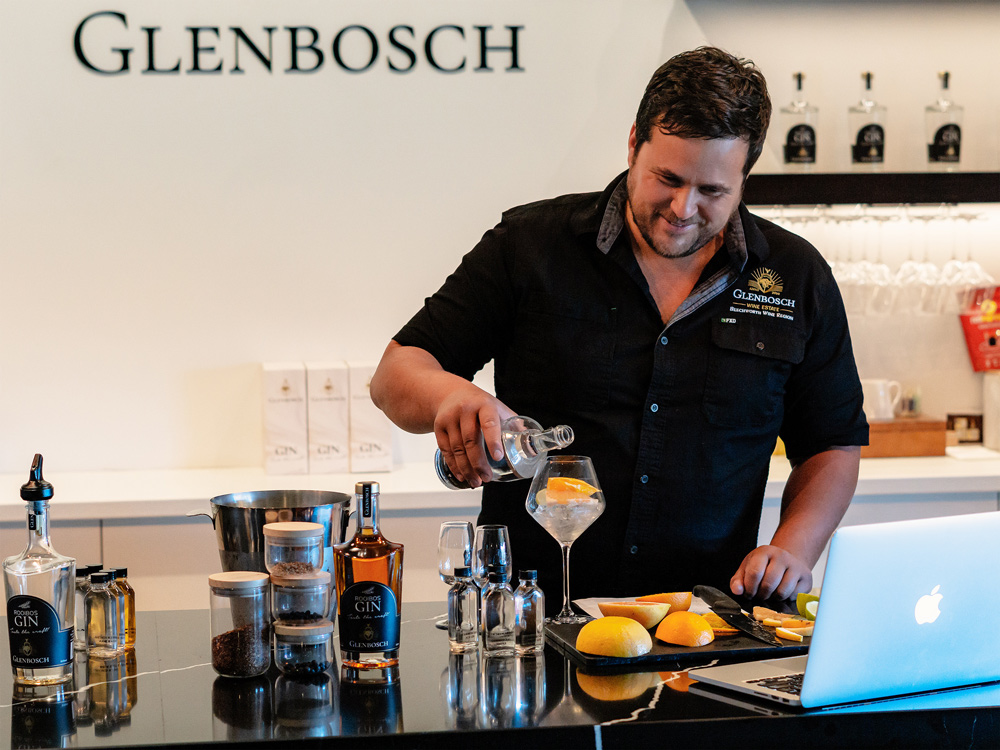
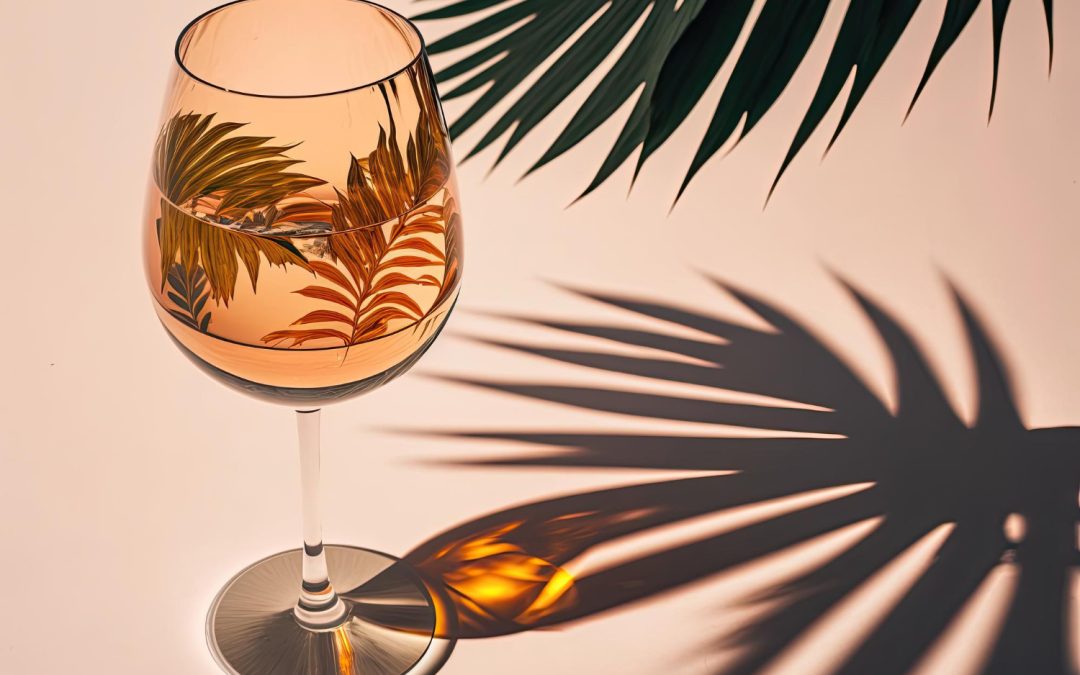


0 Comments